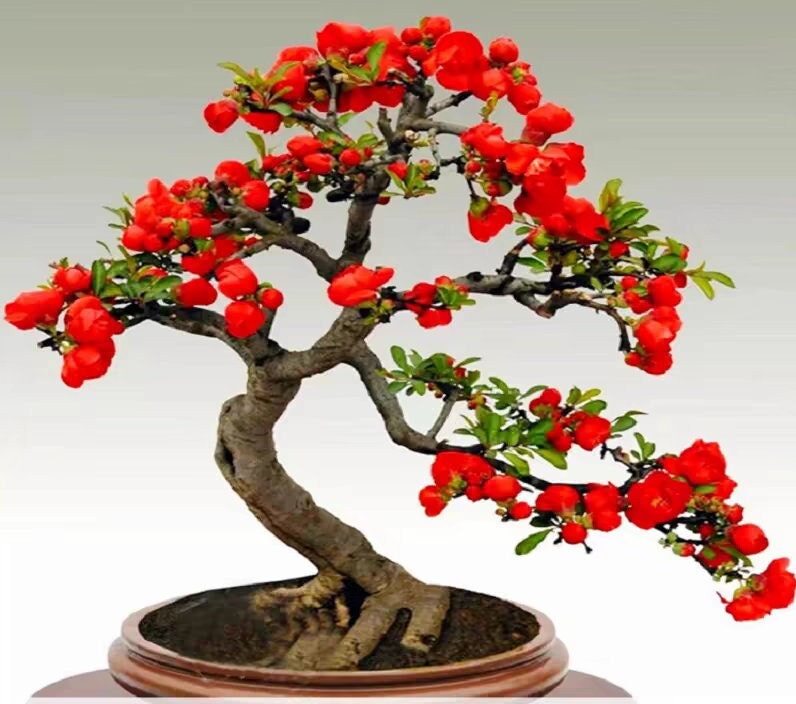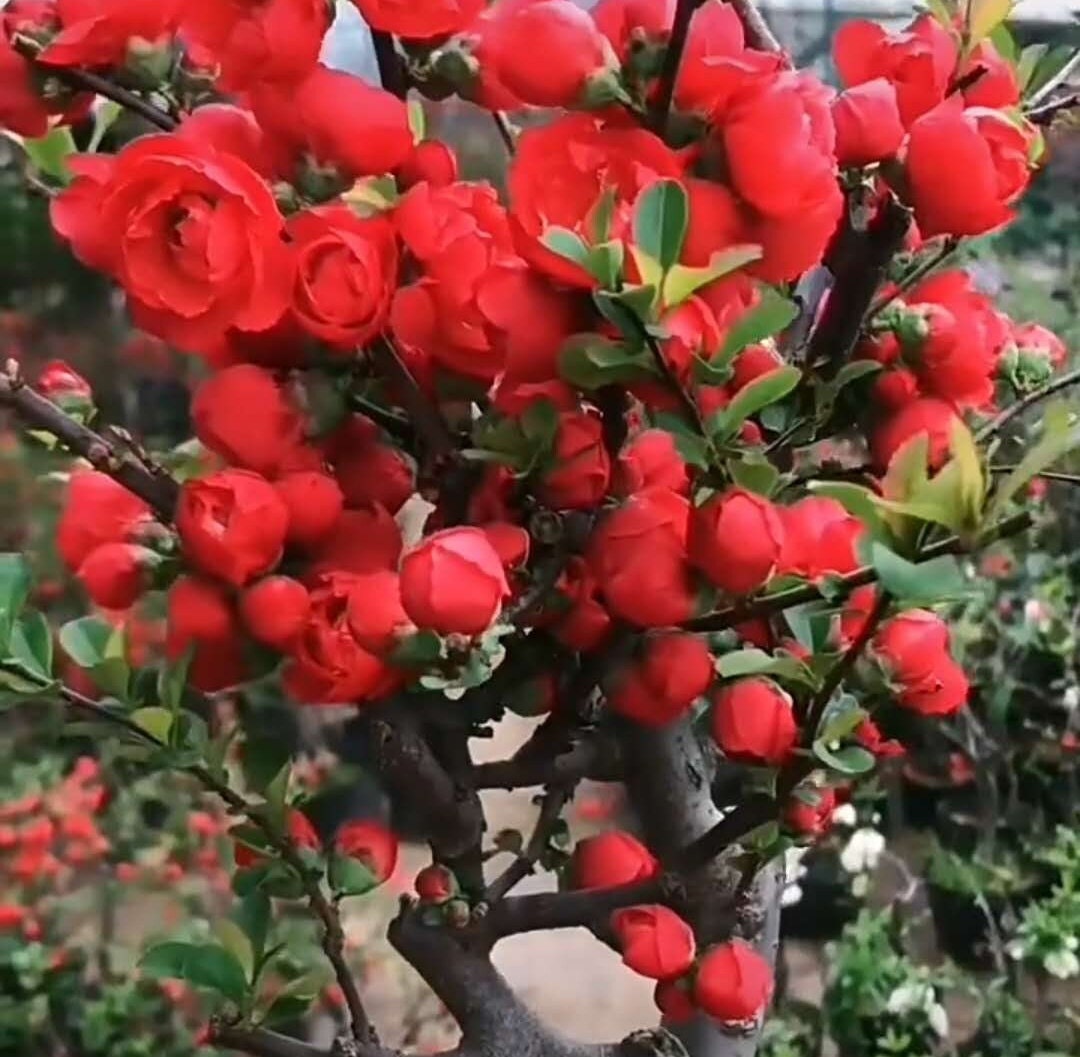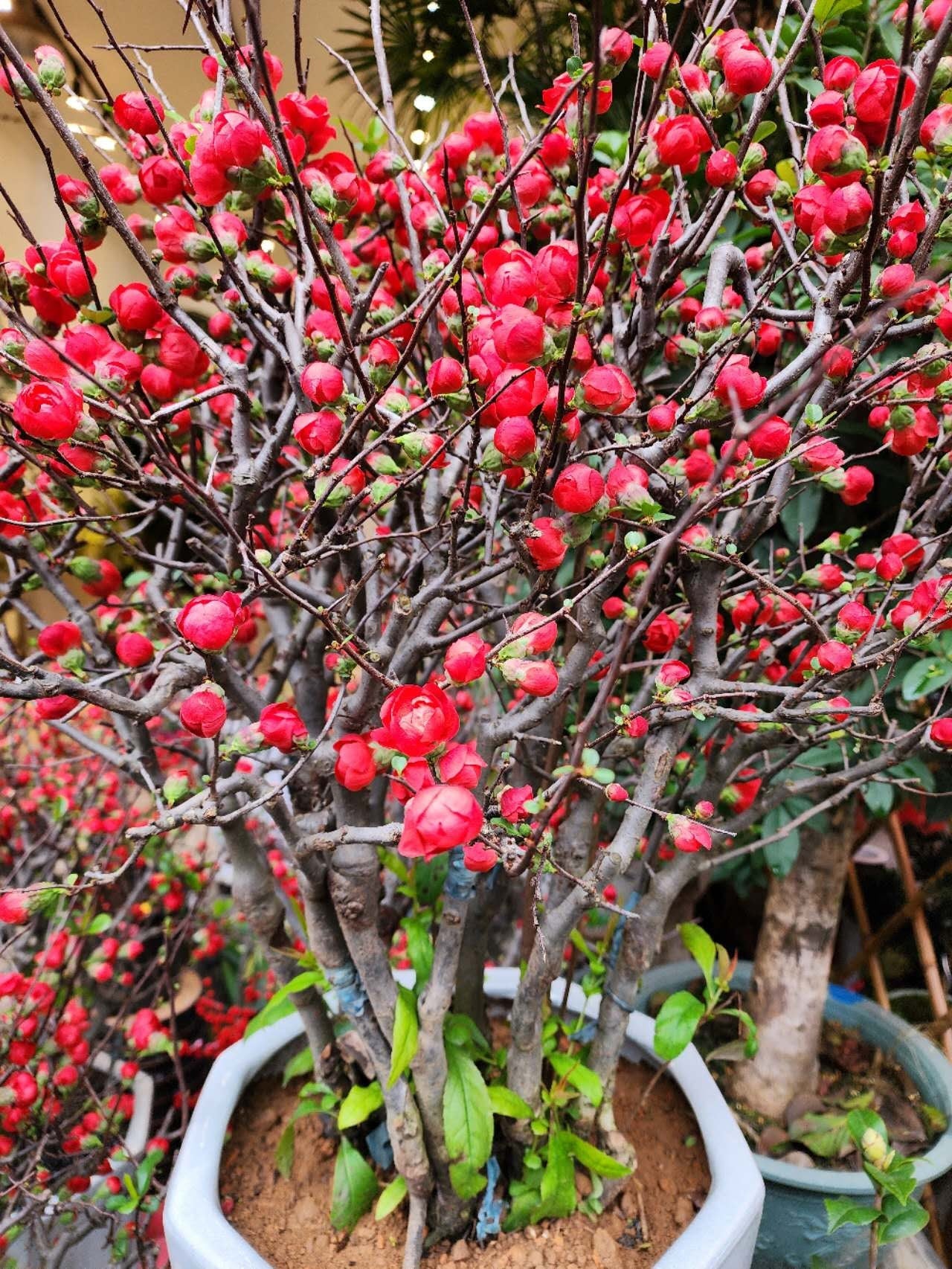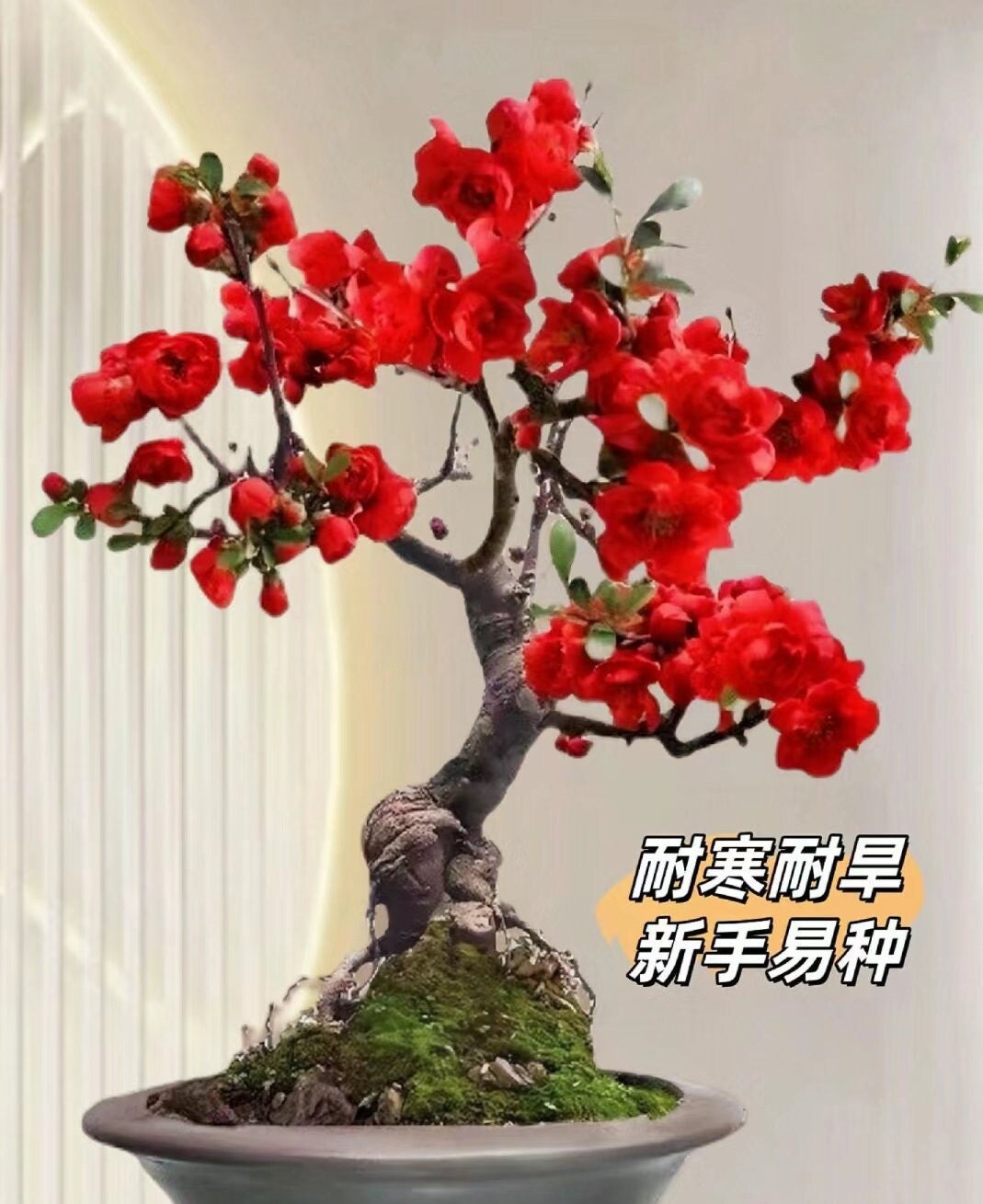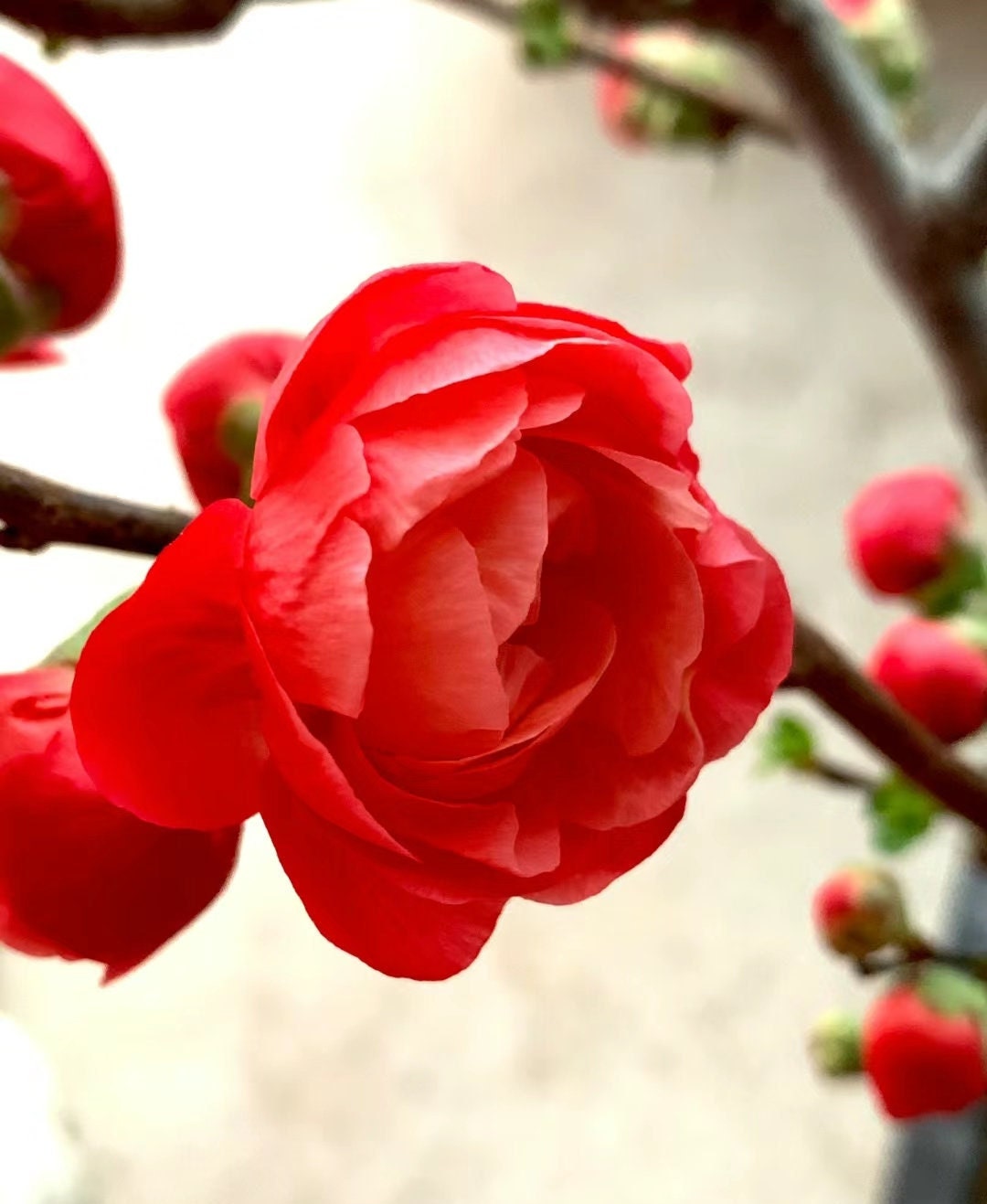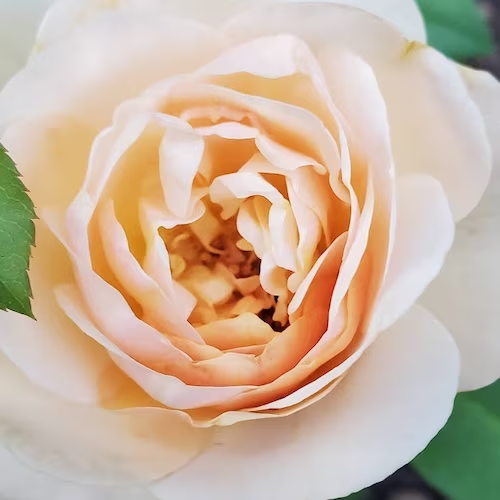Japanese Four Seasons Longevity Crown Begonia (日本四季长寿冠海棠盆景) Bare Root Living Plant
Japanese Four Seasons Longevity Crown Begonia (日本四季长寿冠海棠盆景) Bare Root Living Plant
Couldn't load pickup availability
Begonia cultivation method
Begonia likes sunshine and is intolerant of shade. It has strong adaptability to severe cold and arid climates and avoids moisture. You need to pay attention to the following things when cultivating potted crabapple flowers.
1. Place it in a sunny place, but if the sun is strong at noon in summer, some shielding should be provided to avoid burning the flowers and leaves.
2. Begonia flowers need relatively loose soil and some alkaline content. The pH value of the soil should not be lower than 7. You can choose soil from flower beds or tree roots, and add one-third of river sand.
3. Begonia flowers should not be planted too deep into the pot so that the root system can stretch better. The best depth is 12 cm from the bottom of the pot, but the specifics still depend on the size of the plant.
4. The specific watering should depend on the weather. The pot soil should be kept moist, but no water should accumulate. It is best not to be exposed to rain to avoid excessive water causing root rot. Do not water when it is too cold.
5. When the spring buds sprout, apply some organic fertilizer to supplement nutrients and water them once. When the leaves fall in autumn, apply organic fertilizer and water thoroughly once. After the flowers fade, apply phosphorus and potassium fertilizers. You can purchase some fertilizers specifically for crabapples and fertilize appropriately according to the instructions.
6. Begonias can be placed in ventilated places such as courtyards or balconies. Begonias are relatively cold-resistant, so they can also be placed outside the house in winter. However, if it is particularly cold, some antifreeze measures must be taken.
7. In order to ensure vigorous flowering, the leaves of Begonia should be pruned from the time after the leaves fall to the budding period in early spring. Weak branches, diseased branches and leaves, individual branches and leaves, and overly dense branches and leaves may grow. The authorities should prune the sparse parts of the branches to promote their occurrence. Side branches.
In addition, if the crabapple plant grows larger, it needs to be repotted in time, otherwise it will affect the growth of the crabapple.
Share
